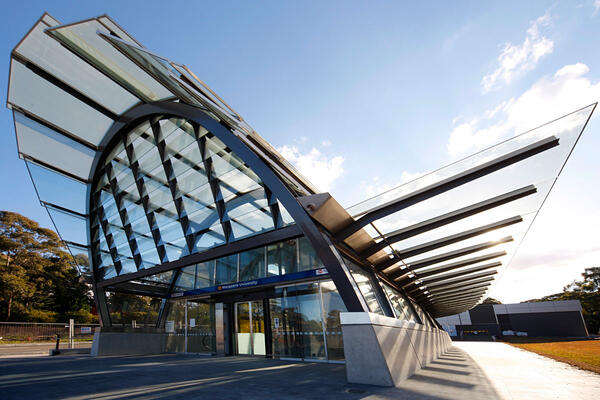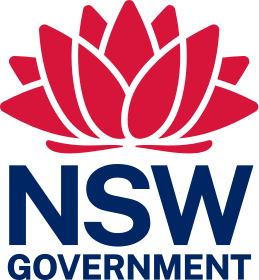
Promoting Sustainable University Travel Choices
Research designed to support better university sector engagement, understanding travel behaviours post-pandemic.
The research was undertaken by the Institute of Transport and Logistics Studies, at the University of Sydney.
Background
Journey to work patterns have changed substantially as a result of COVID-19 and studying from home became the norm in tertiary education from March 2020 until mid-2023. In many instances international students studied from their home country and the physical absence of tertiary students has had a significant impact on public transport.
With the easing of restrictions, many students showed an interest in hybrid modes of teaching and learning. Transport for NSW (TfNSW) sought to learn more about the emerging and intended commuting patterns of university staff and students post-pandemic and the implementation of return to campus plans of universities, to further inform the development of its Travel Demand Management program.
The research will help inform updates to Transport’s Travel Plan Toolkit for Universities. These updates will be informed by a survey of staff and students across USYD campuses.
Objectives
To support travel demand management plan and engage with the university sector, USYD designed a research project that delivered:
- a rapid review of the staff and student travel plan literature;
- a review of selected return to campus plans and sustainable travel plans and existing TfNSW Travel Plan Toolkit materials;
- conducted surveys of staff and student travel behaviour over three waves in the light of modified study and work modes across selected USYD campuses, and
- developed a University Travel Choices implementation plan.
Findings
The first stage of this research included a literature review. The literature review found:
- Where possible a standalone Sustainable Travel Plan (STP) is preferable to a transport section within a wider Sustainability Plan.
- The responsibility for the production of a STP must be adequately resourced.
- An STP plan should incorporate a process for the robust monitoring and evaluation of actions and interventions with measurable outcomes.
- An STP should be regularly refreshed and informed with evidence from an on-going (ideally 2-year) travel survey of the whole university community
The final reports of this research are presented below. Overall, the research concluded that:
- Current and future planned travel behaviour has stabilised including mode choice, with both staff and students adopting a continued hybrid model of study/work from home and at campus. Study/working from home has declined across waves in line with a return to face-to-face teaching announced at USYD in the second half of 2023.
- Analysis of factors affecting daily decisions to work/study from home versus on campus suggest that student age plays a role in the probability of driving to campus. Staff member income played a role in decision making around mode type and likelihood of working from home.
- Data suggests travel behaviour was habitual, less sensitive to changes in both travel time and cost.
- The probability of students studying from home on weekdays decreased the further away the student lived. Moreover, most students that decide to attend campus instead of studying from home mainly use public transport, followed by active modes.
- Factors most likely to encourage the use of public transport for both staff and students were having more frequent services, followed by more direct routes and a better connection from campus to/from the station.
- Data analysis suggests that staff and students have very different mobility patterns, both in terms of trip purposes and the modes they use.
Documentation
Promoting Sustainable University Travel Choices – Final Report (PDF, 7.58 MB)
Promoting Sustainable University Travel Choices – Appendix (PDF, 1.71 MB)
